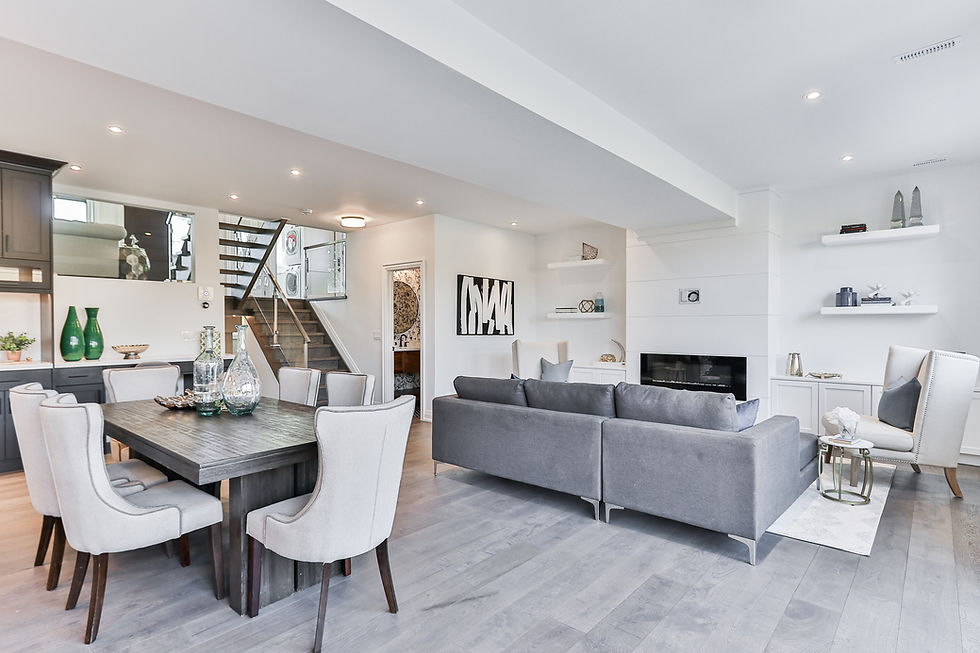Transitional Design: The Balanced Beauty
- Franklin Birch Design Co
- Jul 25, 2023
- 2 min read
Updated: Jul 27, 2023

Simply put, transitional design embraces a balanced mix of old and new. It’s the middle of the road between traditional and modern design styles, as well as masculine & feminine furniture and decor. At it’s core transitional design is understated and refined while also being relaxed and inviting. Balance is the name of the game.
“Embracing a timeless aesthetic, transitional style celebrates natural light and a relaxed feel with smooth, blending details that create warm yet modern interiors. If you think your style is somewhere between traditional and modern, consider transitional style for a warm but up to date look”
- Designer Kerrie Kelly
ORIGINS
Transitional design came about in the 1940’s and 50’s as a more modern style began to take over. It was presented as an alternative to purely traditional or purely modern style for people who didn’t want to lean to far in either direction, and who wanted to benefit from aspects of both styles.
COLORS AND TEXTURES
As mentioned before, the transitional style is very understated which is seen within its color palettes. Neutral tones such as cream, gray, tan, white and brown typically make up the base of the space, with accents in soft greens and blues. Monochromatic schemes are often seen, and bright bold colors have no place in this style. Think spa-like vibes when choosing a color scheme.
Here is an example:

Layering textures is a great way to add some contrast and visual interest while still keeping things calm and serene. Materials such as velvet, linen and chenille mix well with woven items for things like baskets and throw pillows. Rather than mixing color, mix materials! For example, pair a gray chenille sofa with gray woven pillows. It creates visual interest without a ton of color based contrast.

FURNITURE & DECOR
Furniture within transitional design typically embraces clean, straight lines that is understated and simple. You can keep consistent throughout all furniture pieces, or mix in items that lean a little more traditional such as a wing back chair. If you do choose to lean traditional on some items, stay away from anything too ornate. It will stick out like a sore thumb. Light wood tones are typical, as dark tones take away from the calm and balanced feel. We recommend you stick with more modern light fixtures in metal tones such as brushed nickel or chrome with glass accents.
KITCHEN & BATH
Transitional kitchens and bathrooms follow the same guidelines as the rest of the style. It's pretty easy when it comes to choosing finishes and fixtures because there's a plethora of options out there that will work well.
Here are some examples of transitional kitchens and bathrooms to help you visualize.
The key to transitional design is to create a space that feels resort-like. The style pairs well with many others, including farmhouse, Scandinavian, and even contemporary. Keep things calm and understated, while embracing minimalism and you’re sure to succeed!













Comments